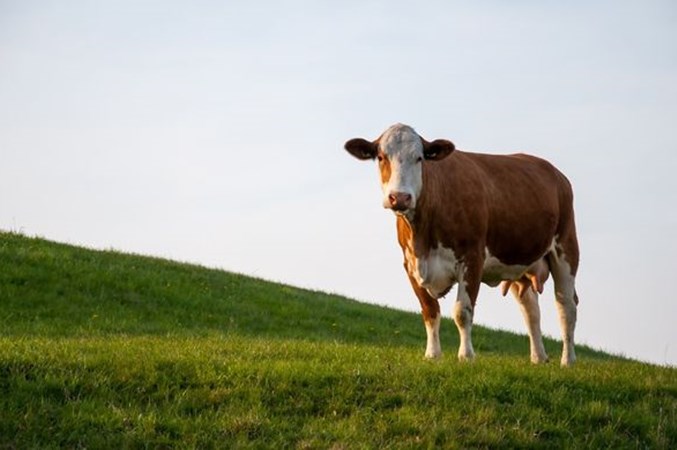Chickens reared for meat are called broilers or broiler chickens. Like egg-laying hens, today’s broiler chickens originated from junglefowl, native to Southeast Asia. However, years of selection for faster growth have dramatically changed the health and appearance of modern broilers.
A chicken's natural life
Just like egg-laying hens, broilers would naturally spend their day foraging and scratching the ground, using the sun to navigate their environment and their spatial memory to help them find food in open pastures, returning to perch in the trees to rest and avoid predators.
Broiler chickens maintain their plumage condition by preening and by ruffling their feathers in the soil, which is called dust-bathing. Research has shown chickens communicate with representational noise signals suggestive of "language." For instance, day-old chicks will vocalize they are anxious or depressed by distress calling to their mother hens.
Increased demand
Due to the rise in consumer demand for cheap poultry meat (which is often regarded as a more sustainable, healthier meat option), the broiler industry has grown dramatically in the past 50 years. In 1965, the average American consumed about 34 pounds of chicken per year. In 2021, Americans ate almost three times as much—more than 96 pounds per person per year. In the US, over 9.5 billion broiler chickens are grown and slaughtered every year.
Intensive farming
Intensive production methods typically keep broiler chickens in overcrowded conditions where many of their natural behaviors cannot be expressed. Their ability to exercise, forage for food, dust-bathe, and perch is severely restricted. They spend most of their short lives in pain, distress, and discomfort.
There are a number of welfare issues for broiler chickens.




